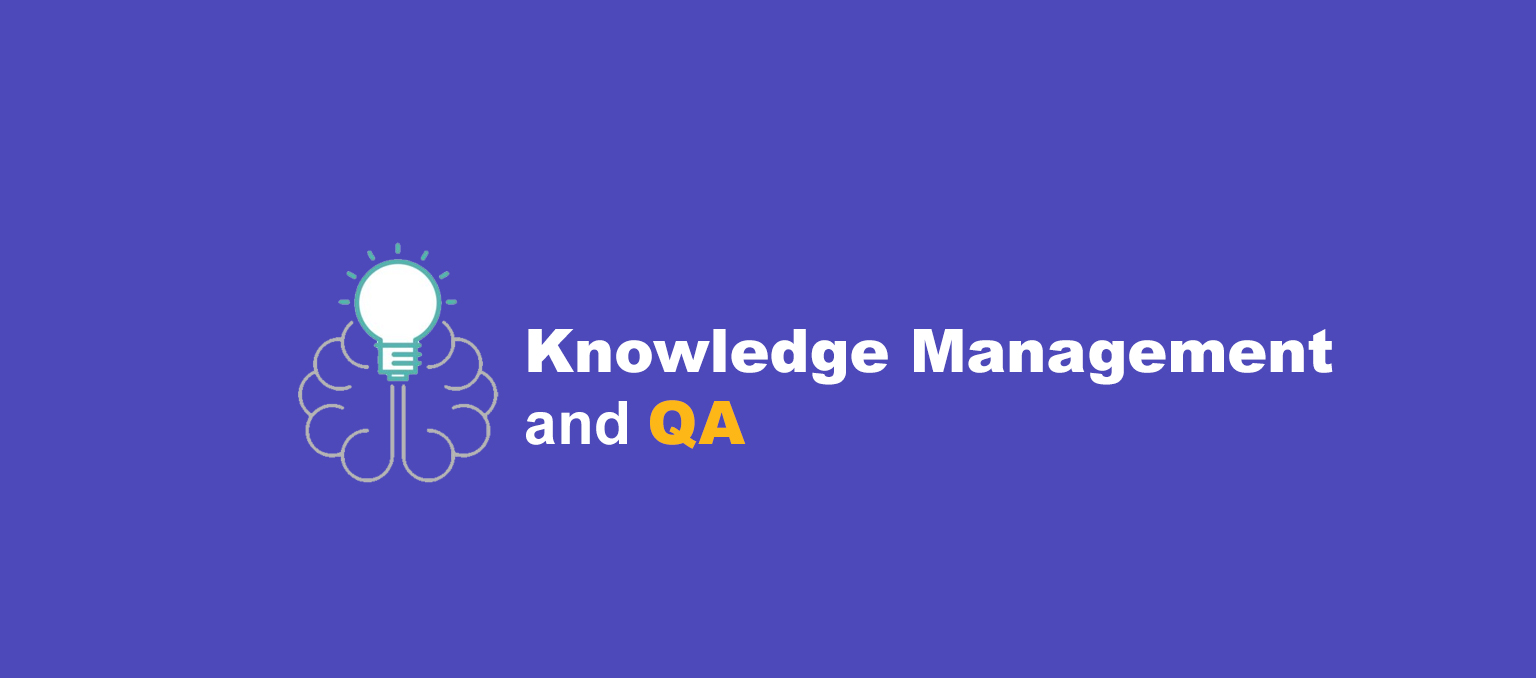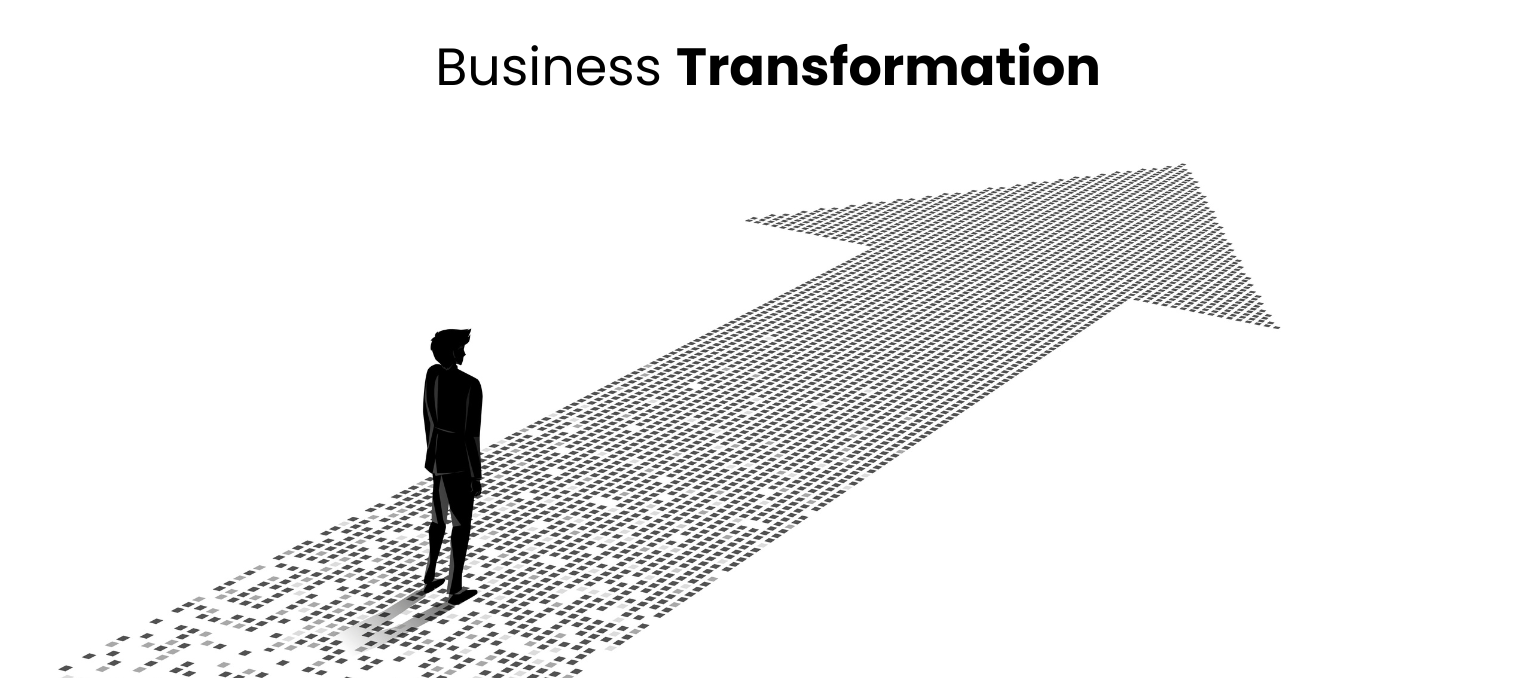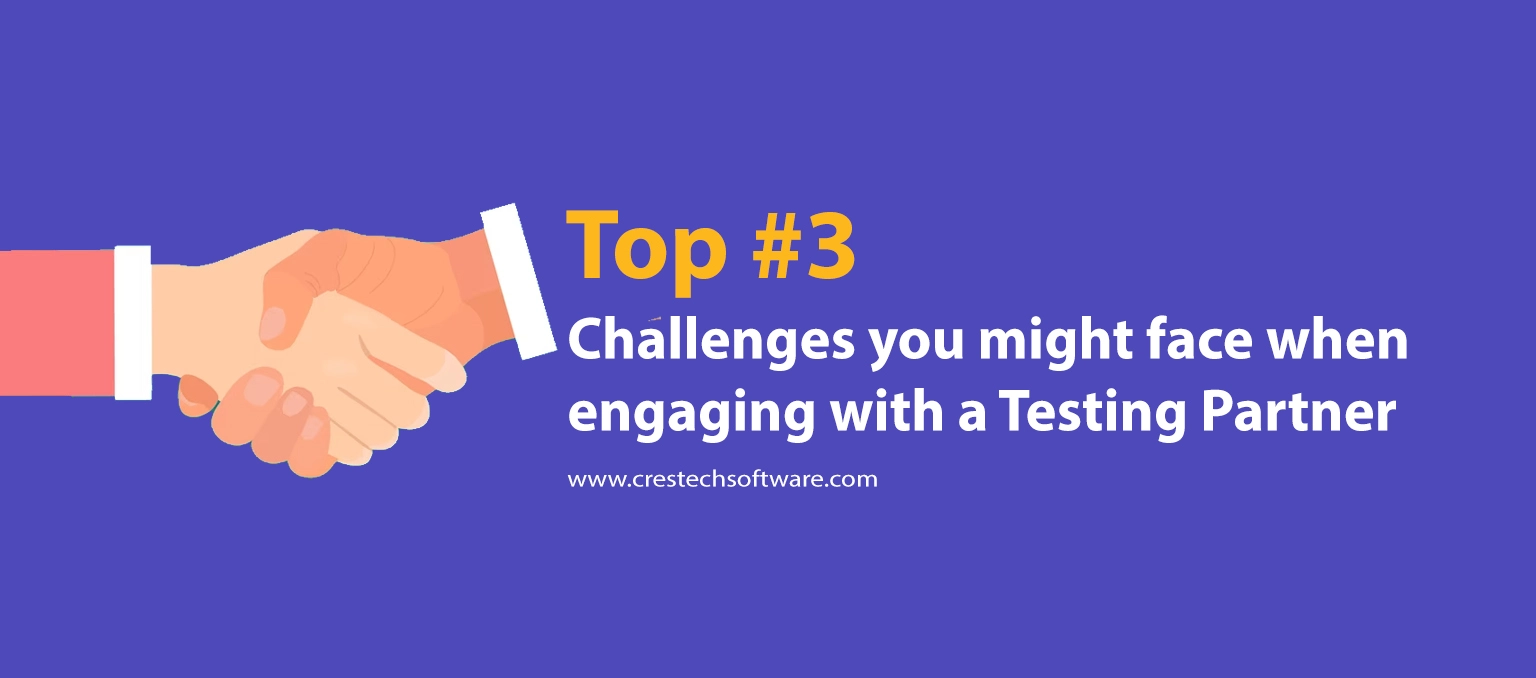What is “Knowledge,” and How should you save it?
Knowledge has always been one of the most significant components in the performance of any organization. It is a critical strategic asset for organizations to maintain a standard of delivery and competitive advantage. Knowledge is a fundamental organizational resource that should be saved and harnessed.
Organizations utilize Knowledge Management (KM) strategies to identify, generate, and disseminate knowledge for reuse, awareness, and learning within their business.
In the testing lifecycle, certain stages heavily benefit from having a KM in place:
- At the start of a project, acceleration, preparation due to pre-existing test plans, a list of risks, and to-dos written for similar applications are saved with relevant tags in your repository.
- With every resource transition, an onboarding and off-boarding kit are to ensure easy knowledge transfer as well as capturing for retention.
- At critical junctures, market releases, production issues, etc., have a repository of lessons learned and testing strategies at your disposal.
We need to identify the above scenarios to know what knowledge we need to tag, collect, and effectively share across the organization with an efficient cadence.
Here are some critical aspects of Knowledge Management
With knowledge management, users can quickly respond to interaction records and look for issues in connected interactions. Organizations need to:
- Determine which team members can manage the knowledge base and create a RACI matrix.
- Discuss the customer’s requirements, the framework’s structure, and folders with all other internal stakeholders.
- To control knowledge base access, add new records produced throughout the testing process, such as execution reports and defect reports.
- To regularly review and update current documents, such as test metrics.
To check the knowledge base frequently to prevent the addition of any undesirable information removing duplicate records. - To get the updated papers approved by the client team.
- To offer suggestions for enhancing the repository.
What are the Obstacles in Knowledge Management?
In the Strategic Knowledge Management Handbook, Arun Hariharan, CEO of The CPi Coach and a knowledge management practitioner, claimed that the main problem is organizations’ misconception that KM is solely about technology. Some of the main obstacles are as follows:
- Lack of Culture
The absence of organizational culture and framework to support KM is one of the main obstacles.
- Lack of Awareness
The process of knowledge management is intricate. A lack of understanding of knowledge management can make it difficult to define, gather, and distribute internal knowledge.
- Lack of Process
The goals of KM are to collect, organize, and share knowledge. The fact that knowledge management doesn’t interface well with other business operations is one of its issues. This issue may result in a lack of visibility, making it challenging for businesses to reap the benefits of their efforts in knowledge management.
- Lack of Structure
How to assure consistency is one of knowledge management’s most challenging issues. Wasted time and effort might result from the absence of a framework and standards.
What are the Pillars of a decent Knowledge Management framework?
Arun Hariharan continues his study by saying that four categories of factors or the four pillars of knowledge management could produce significant and long-lasting benefits. They are as follows:
- Leadership, people, and culture
- Keeping KM relevant to your business
- Measurement of KM
- Standardized KM processes and technology.
What is the Classification of Knowledge Management?
For engagement, two types of knowledge need to be recognized and saved.
- Technical: The testing artifacts produced throughout a project.
E.g., Test cases, plans, analytics, risk registers, and issue logs.
- Functional: Expertise in the application’s domain and core functions.
E.g., Knowledge-sharing sessions, query logs, and operational requirements.
Let’s look at the must-have knowledge in your repository
Onboarding Kit
Create an onboarding kit for employees. It should contain all the functional and technical knowledge articles of a project for quicker onboarding of resources.
Test Plan
The test document is the foundation upon which the QA team’s actions are carried out and organized. It can be viewed as a guide for carrying out any necessary testing to ensure the procedure is operating as intended. It is a carefully constructed dynamic document that adapts as the project moves along and is always guaranteed to be up-to-date.
Testing Objectives and Priorities.
The test strategy, objectives, timetables, projections, deadlines, and resources needed to complete the specific project are all included in the test plan, which is a thorough documentation of all of these elements.
Test Metrics
State Test Metrics Clearly, such as information on testing equipment, technology, and browsers.
Examples of test data are Usernames, passwords, and input data.
The team can develop RACI Matrix and perform Risk Analysis. The unit can create a carefully constructed dynamic document that adapts as the project moves along and is always guaranteed to be up-to-date.
Steps to Implement a Knowledge Management Program at an Organization
The procedures listed below will assist a company in making plans for typical problems while lowering risk and increasing benefits.
Step 1 – Set up Objectives for Knowledge Base
It is essential to establish the objectives and procedures for selecting knowledge, updating it, sharing it, and developing the KM before deciding on a project’s optimal knowledge management strategy. So, set up the objectives for the Knowledge Base.
Step 2 – Prepare for Change
When businesses establish a new knowledge management base, there may be strong opposition to change. Thus, it’s crucial to have the workforce ready for a change to avoid negativity. Be inclusive of setting up a RACI.
Step 3 – Establish and Prioritize Technical Needs
The knowledge management tool industry is massive; hence, establishing the team’s technical needs with the right KM tool is essential.
Step 7 – Implementation and Share
Collect, save and tag the knowledge in the repository as per the current state and initiate the sharing processes according to the agreed-upon cadence.
Step 8 – Maintain and Measure effectiveness for Knowledge Management
Constantly upgrade the KM and check the efficacy periodically.
Final Thoughts
Although knowledge management can help promote information transfer across teams and individuals, its success also depends on user adoption. As a result, businesses shouldn’t undervalue people’s role in knowledge management success.


